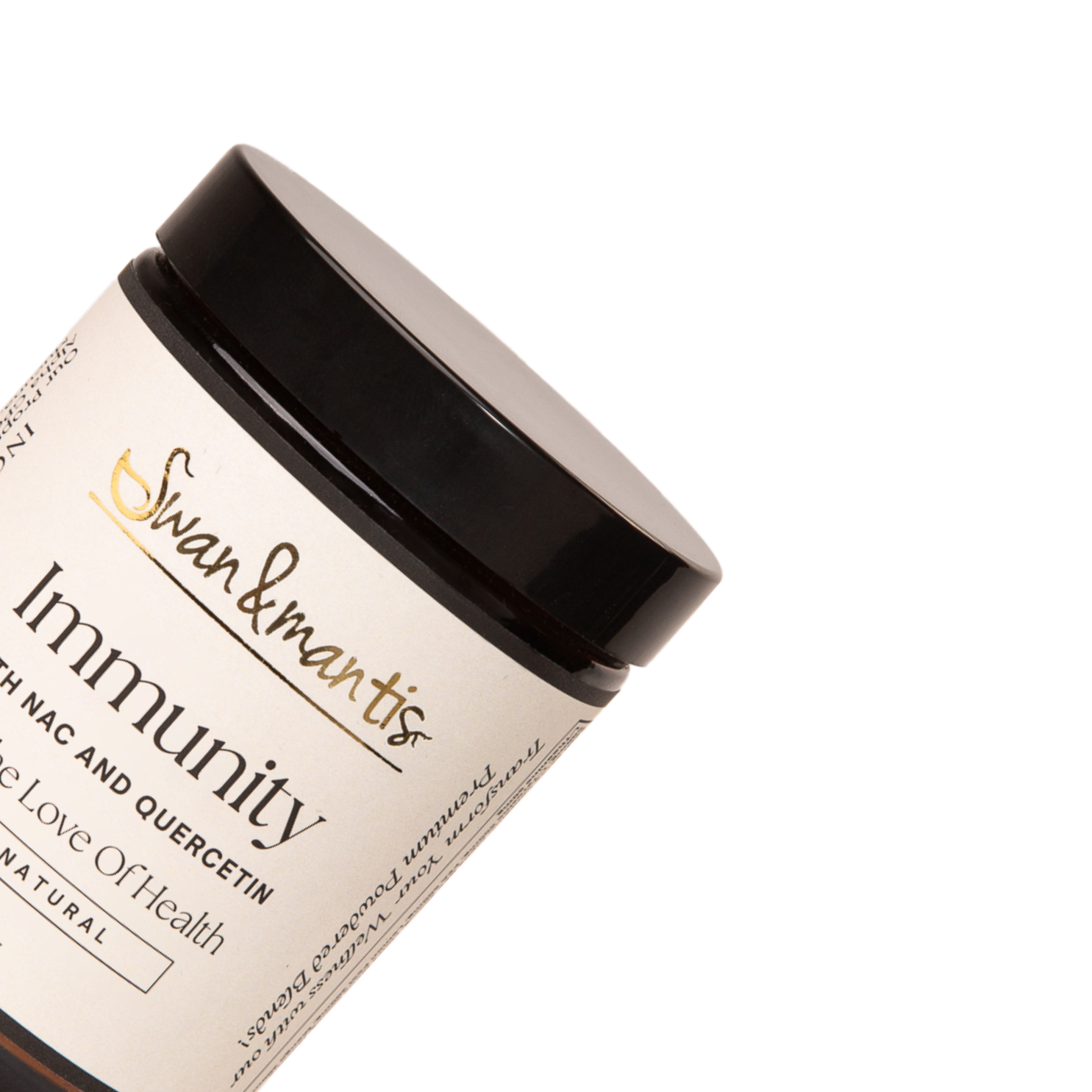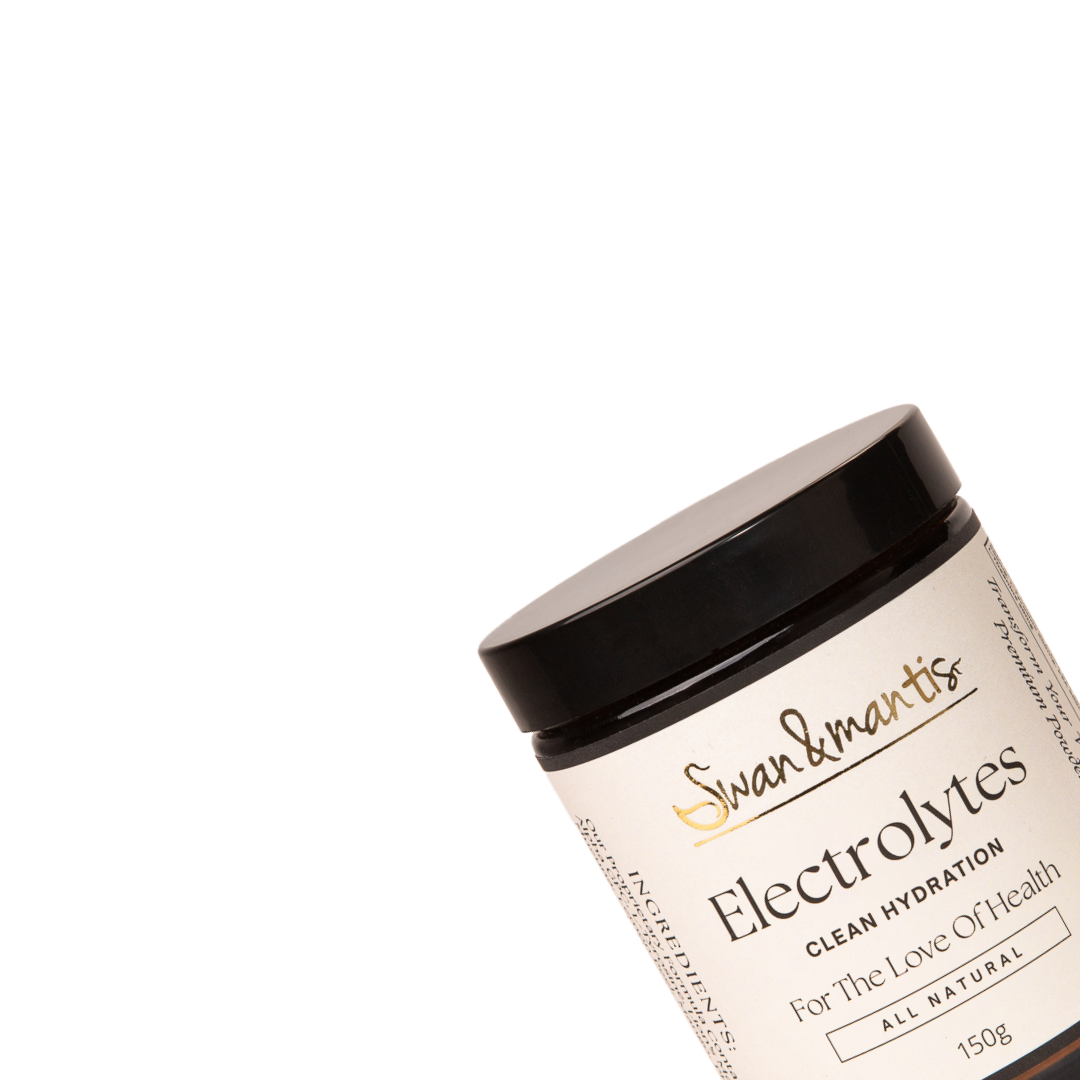Hydrangea
Hydrangea, Hydrangea arborescens; (Hydrangeaceae)
DESCRIPTION
This shrub grows abundantly in the southern and middle western states, in mountains and hills, and on rocks and near streams. The bark is rough, each layer being of a different color when peeling off, which has given origin to the name seven barks. It is quite common in the Susquehanna and Schuylkill valleys, and its flowers are often in bouquets in the markets of Philadelphia. The root is the medicinal part. It is formed of numerous radicles, sometimes not larger than a goose-quill, and again a half an inch or more in diameter, of considerable length. These proceed from a caudex, which sends upward numerous divergent branches. When fresh, the root and stalks are very succulent, containing much water, and can easily be cut, and the root likewise contains a great deal of mucilage. When dry they are very tough and resistant, and exceedingly difficult to bruise or cut, hence they should be bruised while fresh, or better yet, cut into short transverse sections, which facilitates the drying. The bark of the dried root has a rather pungent, aromatic, not disagreeable taste, which is somewhat similar to that of cascarilla bark. The stalks contain a pith which is easily removed, and they are used in some parts of the country for pipe stems (Felk: 1000).
GENERAL
Dr. Christopher thought Hydrangea such a beautiful flower, and yet it is also the solvent of solvents, he taught, getting rid of stones throughout the body as no other herb can. He gave the hydrangea-apple juice formula, which we will give below and, as far as we can tell is unique to Dr. Christopher. However, other herbalists have used Hydrangea as a solvent with equally good results, although not with the apple juice. Richard Lucas reported the case of a woman, the mother of twelve children, who was seriously ill, so much that she was passing blood. A neighbor happened to drop by and told the family that an herb called "seven barks" would heal the mother. The father had no idea where this herb could be found but the neighbor informed him that his own farm was full of it! They made up a decoction of the herb by boiling one ounce of the root in one pint of boiling water. This was dropped into the mouth of the semi-conscious woman, who was gently nudged so that she could manage to swallow it. In a few days, much to the astonishment of the doctor and the family, the woman was well. She wrote of her experience to the local newspaper, and before long she received hundreds of letters inquiring about
the herb. For years the family mailed hundreds of packages of the root, until they finally sold the farm (Luc: Nature's: 170).
SEVEN BARKS
Hydrangea is an old Cherokee Indian remedy for calculi; settlers learned of its use from the Indians. Four of the known species are native to America, but a variety of it is commonly cultivated in the gardens of China and Japan, used medicinally as well as for decoration. The name seven barks was given by the Cherokee Indians as the bark is rough and peels off in layers, each layer being of a different color.
Hydrangea was first introduced to the medical profession by a Dr. S. W. Butler in 1850. His father, a physician and missionary, had lived among the Cherokees and used the root of this plant to treat calculi complaints. Dr. Butler claimed that this plant removes, by its own specific action on the bladder, any deposits that are small enough to pass through the urethra. He stated that as many as 120 calculi have been eliminated from one person at one time using this herb (Felk: 1001). Dr. Butler used the herb as a decoction or made into a syrup by mixing honey or sugar with the decoction.
However, as we will see below, Hydrangea is one of those herbs of great dispute; because of reputed poisonous properties, some recommend that it should not be used at all!
The name Hydrangea is derived from a Greek compound signifying water-vessel, as the roots contain an abundance of water. The plant grows in marshy or very wet conditions, often even in water itself It is also called blue bush, Chinese herb, and common Hydrangea.
GRAVEL REMOVER
There is much disagreement about Hydrangea's stone-dissolving properties. Most authorities agree that it does remove the stones, but not everyone considers the herb a solvent. Dr. Butler affirmed that the herb relieves the pain of the passing of the calculi. Dr. Shook explained that the sharp pain that is associated with gravel deposits comes from the sharp points of the crystal piercing the kidney or ureter.
When the sharp points are even partially dissolved, he said, the pain, hemorrhage and inflammation all subside, and the stone or stones frequently pass with just a stretching of the tubes. How, he asked, is it possible to account for the fact that when these stones pass through easily after the administration of Hydrangea, they are found to be smooth and round, while x-rays revealed their sharp point piercing the tissues? He said that their clinical evidence proved that Hydrangea is truly a stone solvent (ShoA:85). He said it was destined to become a universal remedy for phosphaturia, cystitis, alkaline urine, stony deposits, deposits of calcium oxalate (which forms many calculi), chronic gleet, mucus irritation of the bladder in old people, backaches caused by kidney trouble, rheumatism of long standing, arthritis and gouty affections, arteriosclerosis and many other common conditions--quite a claim for a disputed herb! As Dr. Shook said, "Dear student, you will never find a more remarkable herb" (ShoA :83).
The Eclectics used this herb, although they also entered the fray of dispute, claiming that the power of dissolving the stones is not claimed for it, that only when the deposits are small can the stones be passed and the disease averted. They said it was chiefly an eliminatory herb rather than a solvent. They also considered it to be a good remedy in acute nephritis, to remove the earthy deposits, such as phosphates of calcium, ammonium, and magnesium, to correct alkaline urine, chronic gleet, and irritation of the bladder. It also provides some relief, the Eclectics taught, in broncho-pulmonic affections and some forms of gastric irritation (Felk: 1001).
Dr. Shook recommended a somewhat unusual preparation of the herb:
Hydrangea root 3 ounces
Sodium Acid Phosphate 3 heaped teaspoonsful
Distilled water 3 pints
Dissolve the phosphate in the water, stir in the hydrangea root, and let stand for six hours with occasional stirring. Boil for 15 minutes. Strain, cool, and add 25 percent glycerine. Bottle and keep in a cool place. The dosage is one teaspoonful to one tablespoonful three or four times a day. This is not suitable for younger children under seven; older children should receive half dosage in honey or syrup. Dr.
Shook warned not to overdose this formula. Aside from its gravel-removing properties, he considered that it would be good as a diaphoretic and purgative and a general restorer of the kidney and bladder, especially in very old people and any who suffer from chronic urinary-tract disease (ShoA:84).
Dr. Christopher's recipe is somewhat more simple and natural. He said to take two ounces of powdered Hydrangea root and soak it in a quart of apple juice (sometimes called apple cider) for 3 days. Strain it and bring it to a simmer and heat for one minute. Cool and keep in a cool place. Take a wineglassful of this (two ounces; Dr. Christopher often joked that this was not the Las Vegas wineglass, only the herbalist two-ounce measure) every half hour or every hour until the quart is finished. By the time you finish the quart, he said, you will see the stones coming out.
Dr. Shook said that this herb has radioactivity, natural energy to heal the body, just as does Ginseng. This radioactivity reveals the electrochemical changes that take place both in the production of disease and the death of the cell; also in the cure of disease and the life of the cell itself (ShoA:82). If you wish to see the florescence of this herb, boil some of the root in water to which has been added a small amount of either sodium bicarbonate or sodium or potassium carbonate. You will distinctly see, especially in the sunlight, the greenish florescence emitted from the solution. Through a piece of dark blue glass, it is even more brilliant (Ibid.p. 85). This radiant energy indicates a rearrangement of the particles or ions taking place in the chemical reaction, and when brought into contact with calcareous and carbonic solids, tends to liquify them. This can be demonstrated in vitro as well as in vivo (Ibid.).
INTOXICANT AND SWEETENER
Hydrangea is sometimes used as a non-nutritive sweetener. Leaves of the common garden Hydrangea, H. paniculata, have been smoked to induce intoxication because of its supposed narcotic activity (Pharm:487).
One author considers its use, in any form, unsafe and unwise (Ibid.). Another said that the toxic effects include dizziness, an oppressed feeling of the chest, nausea and vomiting. Livestock poisonings have not been consistent with cyanide poisoning; therefore it is thought to be some other compound which causes the
poisoning. However, under normal conditions, with moderate and wise use, Hydrangeas are minimally or nontoxic (Spoerke:94). It seems that this herb is surrounded by controversy on all sides! However, we are assured that Dr. Christopher's recommended use of the herb will produce only good results.
HISTORICAL USES
It is used as a stone solvent, for calculi, cystitis, for alkaline urine, stony deposits, calcium oxalate deposits, for chronic gleet, bladder irritation due to mucus, backache caused by kidney trouble, rheumatism, arthritis, gout, arteriosclerosis, acute nephritis, for broncho-pulmonic affection, as a diaphoretic, purgative, kidney and bladder restorative and for urinary tract disease.
CULTIVATION, COLLECTION, PREPARATION
Hydrangea grows as a native only in the central and southern areas of this country, as it can stand only a few degrees of frost. It thrives best in rich, moist soil, but will grow under varying conditions. Shoots should be cut back severely and weak growth thinned for good flower heads. They are propagated by cuttings of half-mature shoots, rooted under glass, also by hardwood cuttings. Good plants can be grown from cuttings in one year. They can also be layered and divided (Hyl:473-4). The flowers come in many colors, but the appearance of pink and blue depends upon the amount of lime or aluminum in the soil; lime must be added for pink flowers and aluminum for blue ones (Rose:Ilerbs:69).
The plant's roots are the medicinal part. They can be dug in the fall, planting a strong piece of rootstalk back again to continue propagation of the herb. Cleanse the root pieces thoroughly and cut into small portions while still fresh, as they do not cut easily when dry. Dry thoroughly; you should feel no coolness when touching the root pieces. Store in a cool, dry, light-free place. The herb can be powdered in a mortar and pestle or in a herb crusher (used commercially) when needed, or made into a decoction from the root pieces.


